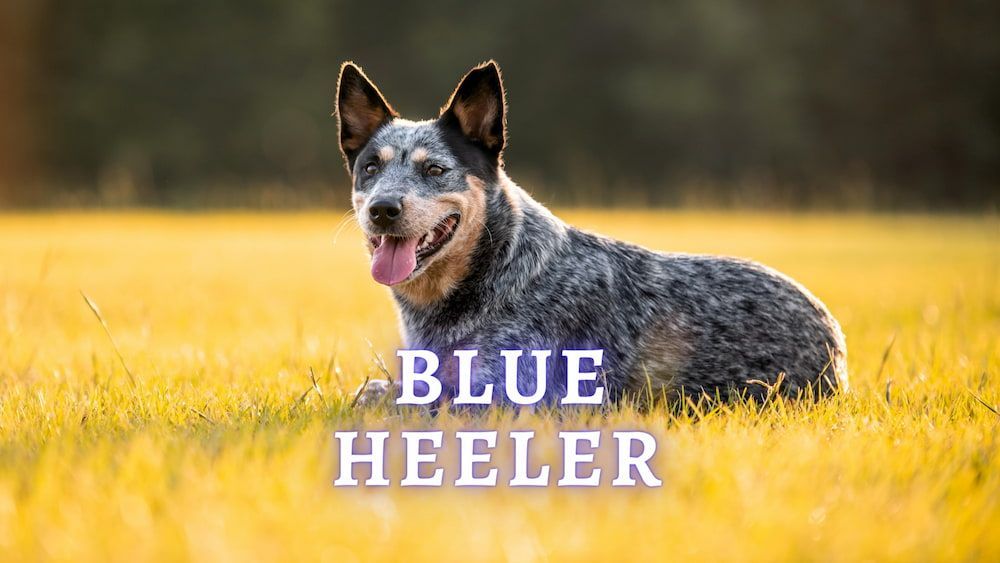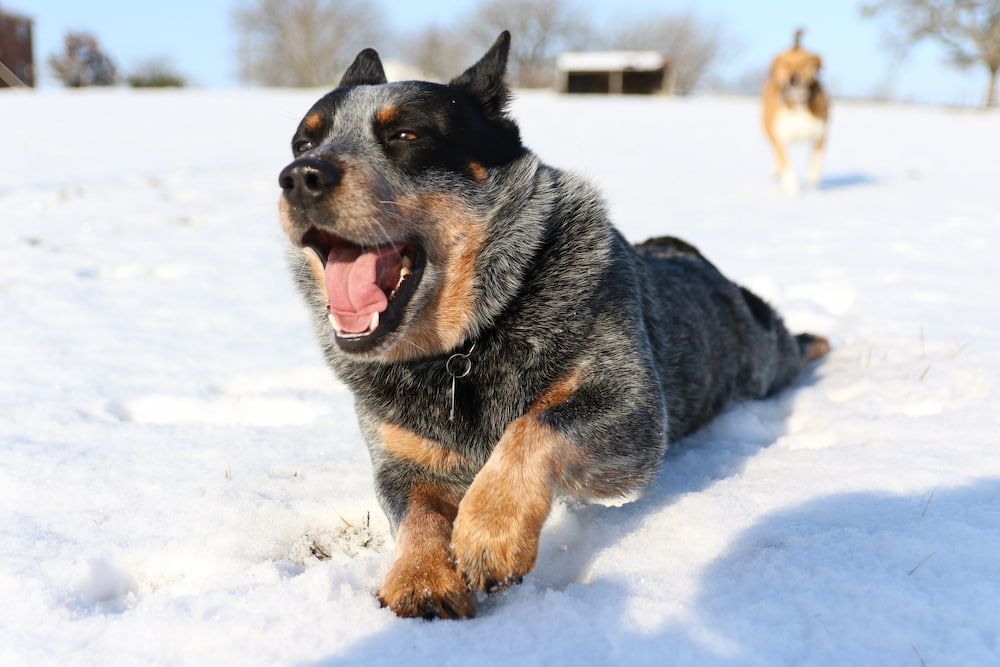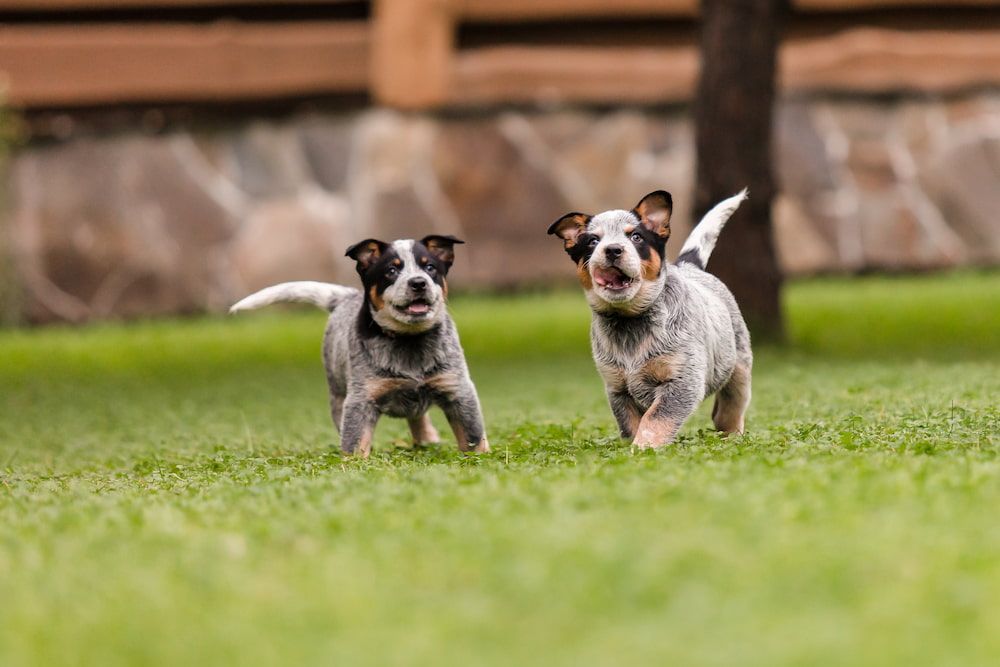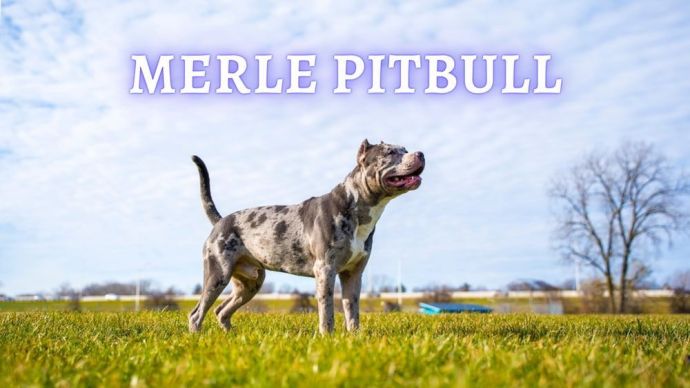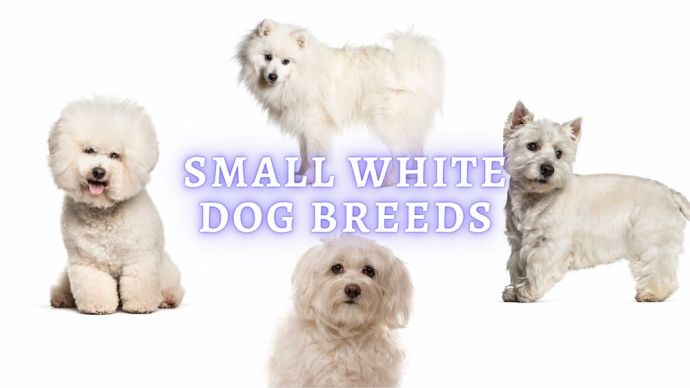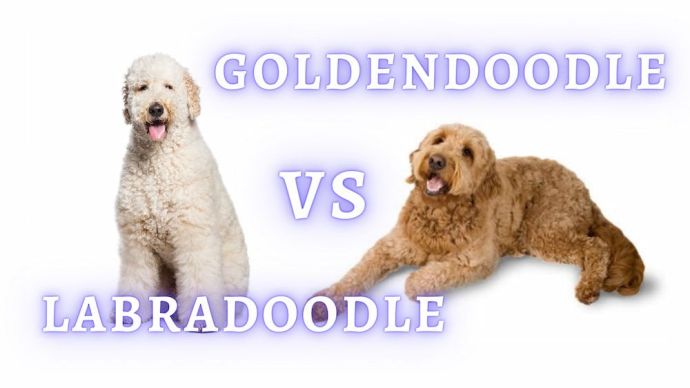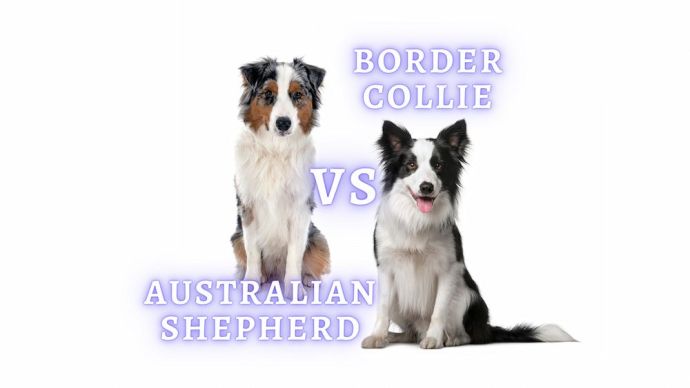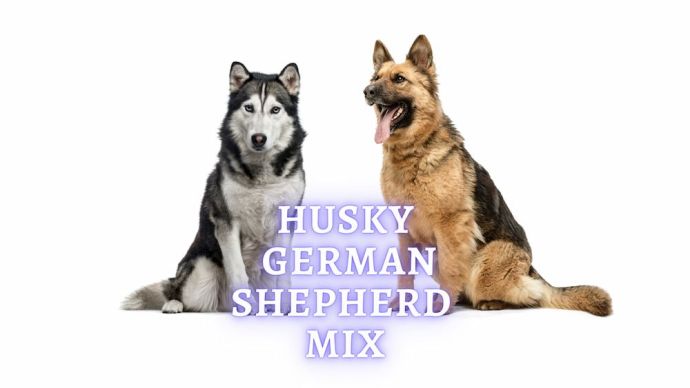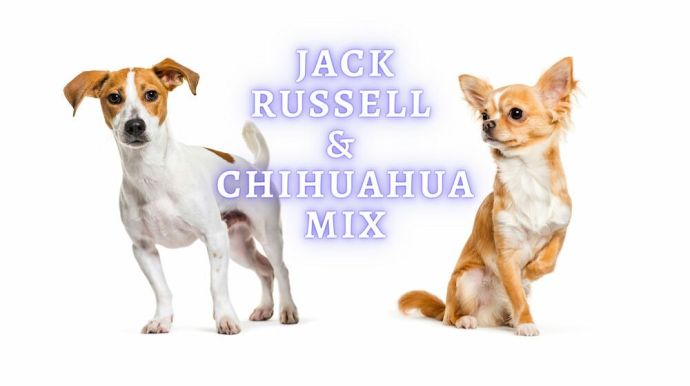Blue Heeler: All About Australian Cattle Dog
Written by:
Author: Seb Jenkins
Seb is a professional SEO writer with a degree in Journalism, he has five years of experience in writing and editing. Seb specializes in topics like dog and cat breeds, aquarium guides, and pet care. He is passionate about educating and entertaining animal owners worldwide. In his spare time, Seb enjoys writing fiction novels.
View all 83 articlesLearn about our editorial process and veterinary review board.
Viewed: 85
Updated on: 06/08/2023
The Blue Heeler dog breed is also known as the Australian Cattle Dog, and there is likely a reason you are reading this article. The Blue Heeler has dramatically risen in popularity over the past ten years thanks to its fun and expressive personality. The Australian Cattle Dog is also a rather uniquely beautiful breed. If you are happy to welcome an active dog into your home, then the Blue Heeler is literally the total package.
For anyone looking to get a Blue Heeler or anyone who recently has, it is essential to research information about the breed to ensure you are fully capable of taking care of your new best friend. Fortunately, we have created an all-you-need-to-know article on the Blue Heeler below.
Characteristics
The following are the main characteristics shown by the Blue Heeler:
| Characteristic | Description |
| Height | 17-20 inches |
| Weight | 35-50 pounds |
| Lifespan | 12-16 years |
| Size | Medium |
| Coat | Short |
| Colors | Red, black, blue, white |
| Shedding | Heavy shedding during the shedding season |
| Temperament | Loyal, athletic, focused |
| Intelligence | High |
| Social skills | Social skills Good with kids, dogs, and cats |
| Barking | Low tendency unless warning |
| Children | Good with kids |
| Energy levels | High |
Breed History
The Blue Heeler dates back to the 19th century when Anglo-Australian settlers moved inland from their original coastal towns. In this new land, they found the perfect opportunity to keep cattle, but there was one problem – their existing herding dog (Smithfield Dog) could not cope with the weather or terrain. So the Anglo-Australians needed a new dog to help them out, and they eventually decided to breed the Smithfield with domesticated wild Dingoes. As the years passed, the Scottish Highland Collie and Dalmatian were also introduced into the breeding until we eventually ended up with the Blue Heeler – the perfect mixture of herding, the ability to work with horses, and natural land protection instincts.
One man by the name of Thomas Hall was an important figure in the breeding process, where the dogs got their original name – Hall’s Heelers. The heeler part came from the breed’s herding technique, in which they nip at the heels of the cattle to direct them. From here, the Australian Cattle Dog moved to America, earned an American Kennel Club status in 1980, and was used on ranches across the country. They were particularly popular in hot climates where other herding dogs often struggled. Fast forward to modern times, and the Blue Heeler is picking up pace as a family pet too!
Temperament and Personality
You will struggle to find a tougher dog than the Blue Heeler, to the extent that they plough on with their work even when injured. They were also explicitly bred to be able to work in the extreme heat in Australia, so it is very little you can throw at this dog to throw them out of their groove. If you live in a hot climate, you definitely have nothing to worry about.
Like most dogs with backgrounds in herding, the Blue Heeler loves being given a job, even if they are domesticated pets. If you don’t have a job to give them, find another way to keep them occupied. Leaving them on their own with nothing to do all day is a big no-no.
That being said, if you can provide them with lots of activities and jobs to do, you won’t find a more fun-loving dog in the world. They are a great running or hiking buddy if you want to get outside and increase your exercise. Or if you have young kids who can play with the Blue Heeler all day (while wearing each other out), great!
The Australian Cattle Dog is a very loyal and protective breed over your family and your land. For that reason, it can take a while to warm up to new people they consider outside the ‘pack’. However, they will likely be affectionate and playful with you, and they are even known to enjoy a cuddle at the end of the working day.
The Australian Cattle Dog often bonds closer to one person out of the family, usually the person seen as the main provider. If you are the one that walks and feeds them regularly, you will likely be their favorite. That also means they will follow you around all day, though.
Category Rating (out of 5)
| Adaptability | 3 out of 5 |
| Adapts to apartment living | 2 out of 5 |
| Energy levels | 5 out of 5 |
| Adapts to being alone | 3 out of 5 |
| Tolerates cold weather | 4 out of 5 |
| Tolerates hot weather | 4 out of 5 |
| All-around friendliness | 4 out of 5 |
| Affectionate with family | 5 out of 5 |
| Kid-friendly | 4 out of 5 |
| Dog-friendly | 4 out of 5 |
| Friendly with strangers | 2 out of 5 |
| Health and grooming | 3 out of 5 |
| Shedding | 3 out of 5 |
| Drooling | 1 out of 5 |
| Easy to groom | 4 out of 5 |
| Easy to train | 5 out of 5 |
| Exercise needs | 5 out of 5 |
| Intelligence | 5 out of 5 |
Activity and Exercise Requirements
We cannot say strongly enough this dog has extreme levels of energy. You need to know that going in. Remember, they were bred to work on farms or ranches in the blistering heat all day long, so they have the energy to burn… and more.
Therefore, if the Blue Heeler is going to be a family pet, you need to replace their farm work with lots of exercises. We recommend at least 90 minutes every single day. While a walk around the block would suffice with most dogs, it will not with the Australian Cattle Dog. They need intense exercises like running and hiking.
Even at home, you need to keep them occupied with interactive games, puzzles, and other mental stimulation. They are not the kind of dog to walk off for a nap throughout the day, and they will stick to you like glue and demand some interaction. This could be toys, tug of war, chew sticks, puzzles, general playing, or something similar.
Unfortunately, if you do not find a way to direct their bundles of energy into something positive, they will let it out in other ways. That could be destroying your furniture, digging holes in the garden, ripping up sheets, and lots of other destruction. They may also resort to rather unpleasant behavior and even herding/nipping. So if you do not think you can provide them with the exercise they need, think twice about welcoming one into the home.
Feeding and Diet
Believe it or not, even though they have so much energy, the Blue Heeler only needs around two or three cups of food each day. Of course, the exact amount depends on age, size, energy levels, and whether they live in the home or work on a farm. Being overweight is particularly problematic for the Australian Cattle Dog, so pay attention to the packaging and do not overfeed them.
A healthy diet for the Australian Cattle Dog should include helpful carbs and fats, meat protein, minerals, fibre, vitamins, omega fats, and more. We recommend a food source with a minimum of 25% protein content.
As with any dog, your Australian Cattle Dog’s diet will change as it grows from a puppy into an adult and then into old age. It is always a good idea to ask your vet about your specific Blue Heeler during your next check-up. Ask them for recommendations as there is some variation from dog to dog when it comes to Blue Heelers.
READ MORE: Best Fresh Dog Food Services
Grooming and Shedding
Fortunately, the Australian Cattle Dog is not high maintenance when it comes to grooming. They have short hair that only really requires a weekly brush. Just a simple brush to get rid of dust and dead hair is all that’s needed. However, we suggest brushing a few times a week while they are shedding to get rid of all the hair.
Australian Cattle Dogs should be treated to a bath once every three months or so – or just when you think one is needed. They are usually pretty clean and do not smell. Just use a dog-specific shampoo and gently wash them. The earlier you start bathing them, the easier it will be and the sooner they will get used to the process.
We also recommend investing in dog toothpaste and brushing their teeth once weekly to avoid dental problems. Nails should sort themselves out because the Blue Heeler runs around so much, but if they are noticeably long, feel free to trim them. You should also use a damp, warm cloth to clean their ears once per week to remove bacteria.
Known Health Problems
The Australian Cattle Dog is usually a healthy dog with an impressive lifespan of 12-16 years. Of course, you still need to keep them healthy and take them for regular check-ups at the vet. There are some health conditions that are more common than others with the Australian Cattle Dog.
- Hip and elbow dysplasia – This is when bones grow too fast and cause the joints to become uneven and worn. This can result in painful movement and arthritis if you do not get it treated, so watch out for any struggles during exercise.
- Eye problems – Progressive retinal atrophy is the most common in Blue Heelers, but there are other common eye issues too, like primary lens luxation. If they seem to be struggling with their sight and are bumping into things, have them checked out.
- Deafness – Deafness is common in many herding dogs, inherited through the breeding process. You should ask breeders for the BAER test certificates, which is a test to see whether a dog has any deafness.
RELATED: Deaf Dog Training
Training
Australian Cattle Dogs are a very independent breed. While they are very clever and easy to train when it comes to herding, a lot of that is due to their natural instincts. Training them in the home is rather different and requires a very strong trainer. They are definitely not a good choice for first-time dog owners.
If the Blue Heeler thinks they are right, they will be stubborn and ignore your requests. This is why investing in obedience classes from a young age is a good idea. They like toys to play with and balls to fetch, so use them as positive reinforcement while training. Be strong and persistent at all times.
We also recommend that you socialise your Blue Heeler with other dogs, animals, and people as early as possible. They are very protective and you don’t want them to become overprotective. The more they grow up with other animals around, the more receptive they will be to them. Of course, you want your Blue Heeler to be friendly with other dogs, even if it’s just while you are out and about on walks. Having your Blue Heelers around other pets makes for friendly dogs.
Never ever let your Blue Heeler herd people, animals or objects in the home. It can become problematic. Redirect their attention and research how they deal with these behaviors. We recommend you start training your Blue Heeler dog from day one to give you the best chance at raising a well-rounded pet. The sooner you start training, the easier it becomes for you and the dog. Have a look at local puppy training classes to see if you can get some professional help. Crate training with reinforced crates is also needed.
READ MORE: Best Online Dog Training Courses
Adoption and Breeders
The most direct route to sourcing a Blue Heeler is via a breeder. This is especially true if your heart is set on an Australian Cattle Dog puppy. There are a number of experienced breeders out there who provide regular litters.
However, we urge you to check your local adoptions and rescue centers first to see if you can give a home to a lovely Blue Heeler. As they are difficult dogs to look after, a lot end up in shelters and it’s always nice to give a homeless dog a new place to live. Of course, that is your choice.
In order to find the best breeder for Blue Heeler puppies, we recommend that you research online for your local options. There should be reviews for each breeder to see who has a good reputation and who should be avoided. You can also check the Australian Cattle Dog club.
And there we have it, our complete guide to the Australian Cattle Dog breed. This should give you all the starter information you need to confidently make a decision on whether you want to adopt or purchase a Blue Heeler.
Feel free to refer back as you welcome the new dog into your home for tips on training, health, exercise and more. We wish you all the best with your new best friend!
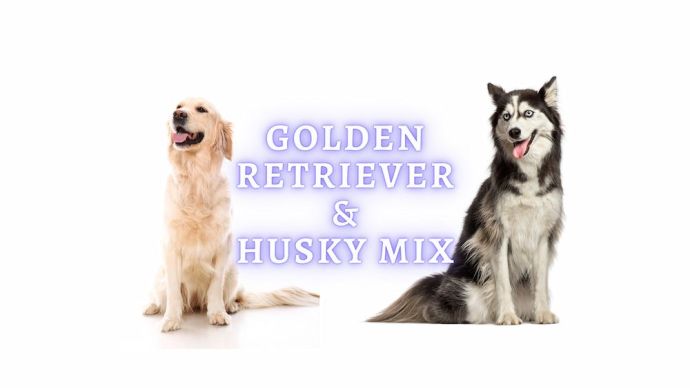 Dog Breeds Golden Retriever Husky Mix: Goberian Dogs Personality, Care and Adoption
Dog Breeds Golden Retriever Husky Mix: Goberian Dogs Personality, Care and Adoption - 665
- 0
 Dog Veterinary Tips Why is my Dog throwing up: Causes and Preventing (Veterinary Advice)
Dog Veterinary Tips Why is my Dog throwing up: Causes and Preventing (Veterinary Advice) - 21800
- 5
 Dog Care My Dog Keeps Scratching His Mouth: Reasons Why Your Dog Scratching Face
Dog Care My Dog Keeps Scratching His Mouth: Reasons Why Your Dog Scratching Face - 17168
- 1
 Dog Care Why Is My Dog Bleeding From Its Butt? Causes and treatment of rectal bleeding in the dog
Dog Care Why Is My Dog Bleeding From Its Butt? Causes and treatment of rectal bleeding in the dog - 15114
- 0









